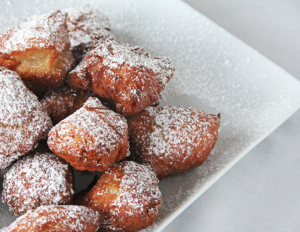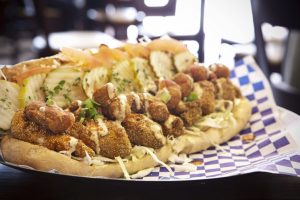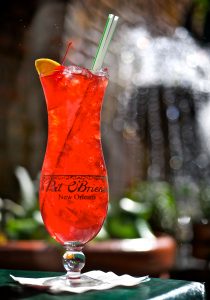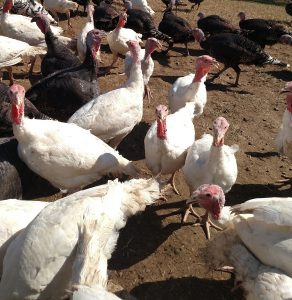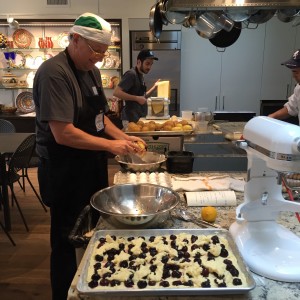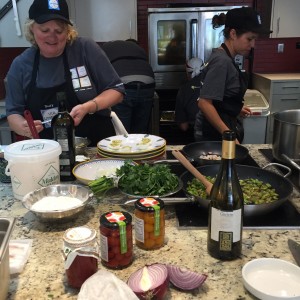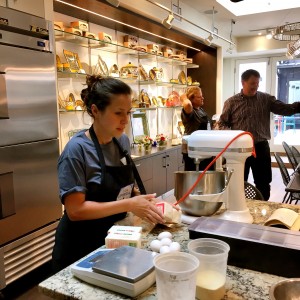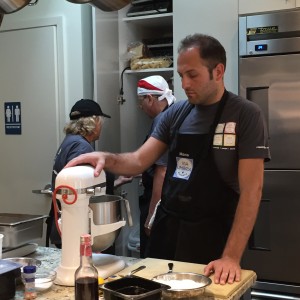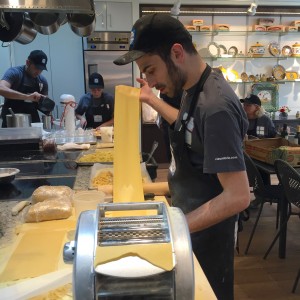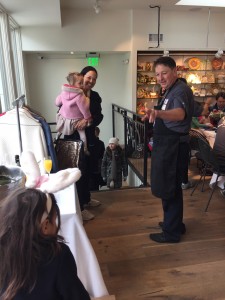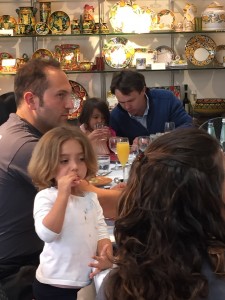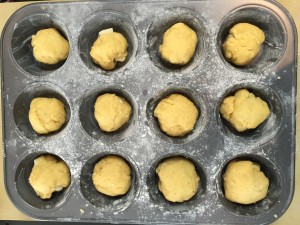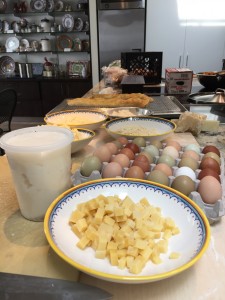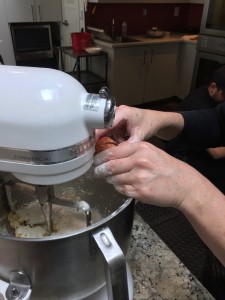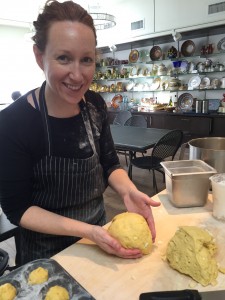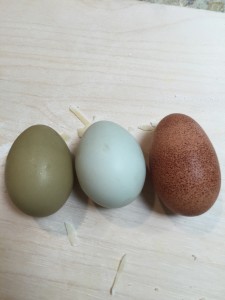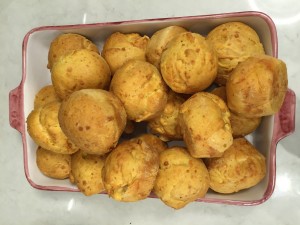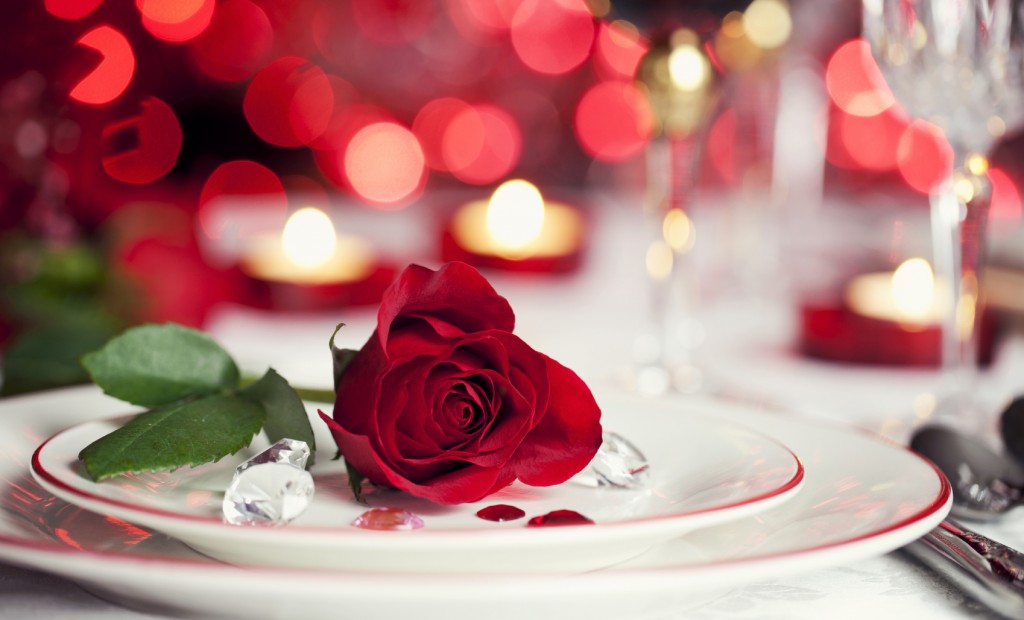We make New Years resolutions for many reasons (and break them for many more). This year, make a resolution you are excited to keep, and aim to change your lifestyle in small ways that will feed you emotionally and physically.
With the New Year looming, resolve to bring new experiences into your life, and have fun while doing it.
Via Umbria’s Top Seven Resolutions for a Fuller Life
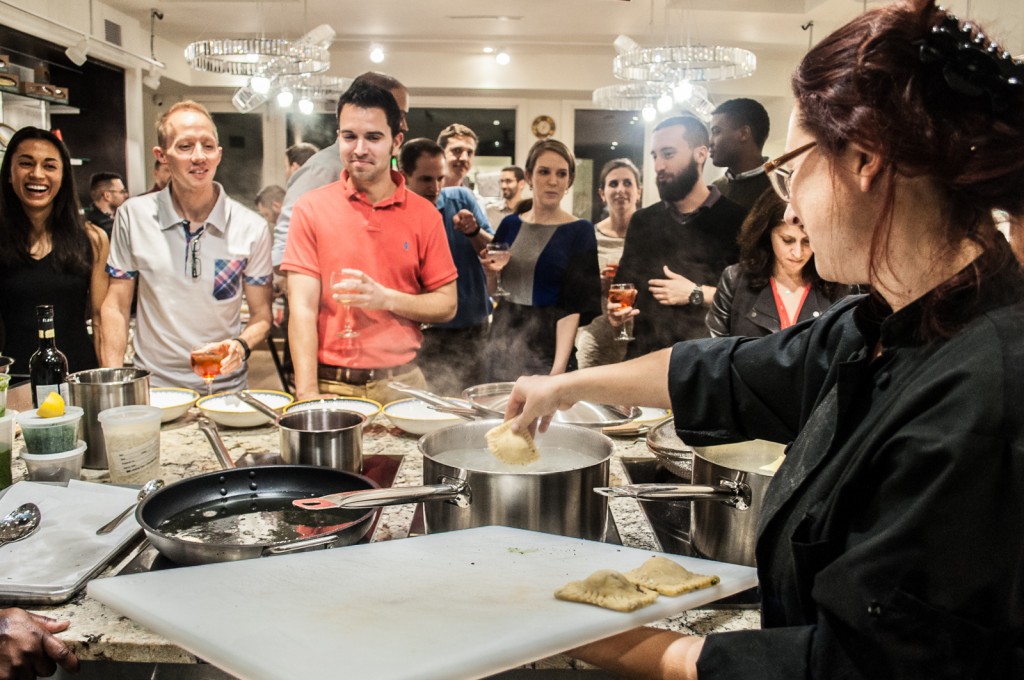
Resolution #1: Learn to Cook.
Solution: Stop squinting at recipes on your computer screen and join one of our fun, relaxed, interactive classes. Sip a glass of our Italian wine while you laugh with new friends and learn simple techniques from our favorite Umbrian Chef, Simone!
Italian cooking is simple at its heart, and there’s no better place to learn the basic steps you can take to improve your kitchen game than in our brand new laboratorio.
Make 2016 the year you answer the question “what’s for dinner?” with enthusiasm and ease. Take the first step towards that goal by signing up for one of Chef Simone’s Umbrian cooking classes, here for a limited time in January.
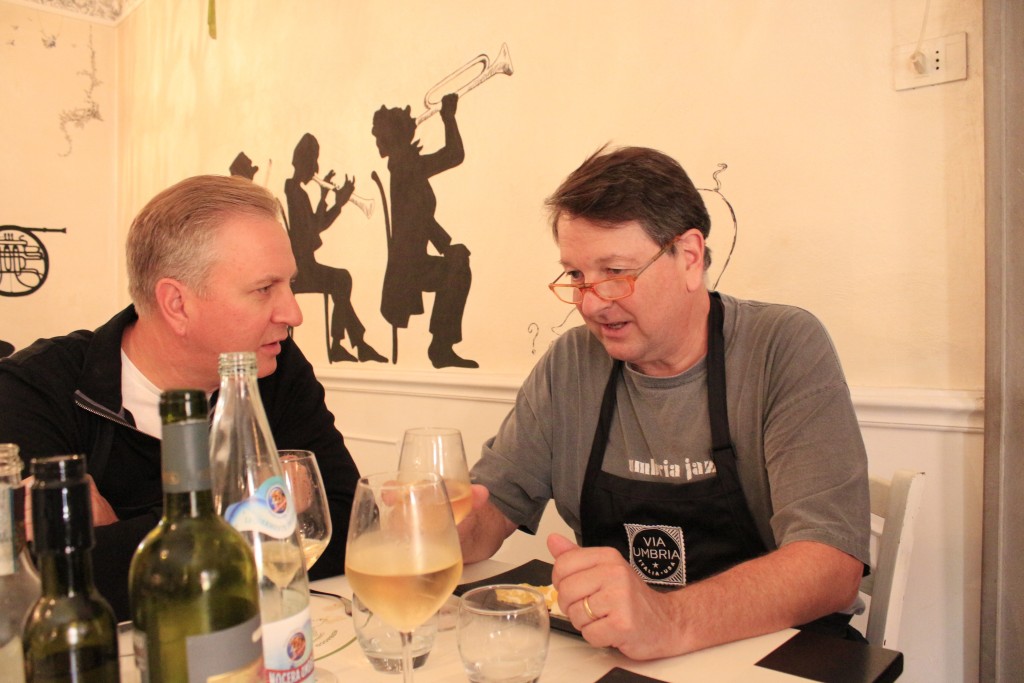
Resolution #2: Indulge in the finer things in life.
Solution: Italians know that nothing makes a day special quite like surrounding yourself with the finest things life has to offer, and for us, that means making every meal a celebration.
Every time we return to Italy we are reminded that Italians know how to work the finer things in life into their daily routines, and in 2016 we are dedicated to following their example.
Did you forget to celebrate the New Year in style with caviar and bubbles? Via Umbria now has sparkling wine, caviar, and blini – stop in and stock up and turn any day into a momentous foodie moment in the New Year. Or stop by our store to peruse our ceramics collection – eating off a work of art is a luxury that will make every meal feel special.
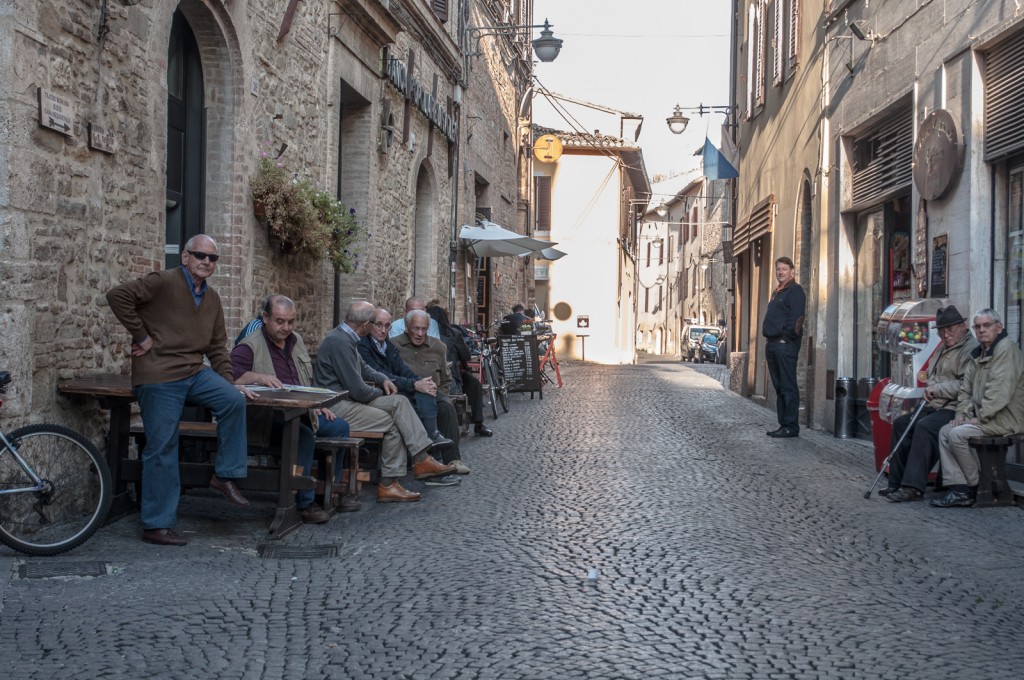
Resolution #3: Travel more
Solution: What are your favorite memories from 2015? Do some of them involve traveling with loved ones? Here at Via Umbria some of our most cherished moments from the past year are our times in Italy.
In the upcoming year, book the remarkable getaway you’ve always dreamed of. Spend a week at the Fattoria del Gelso with those you love – with spacious accommodations that can house up to 16 of your closest friends and family, there is no excuse for leaving anyone behind.
For those of you eager for a family-free (and stress-free) excursion, Bill and Suzy’s tours are a perfect opportunity to relax and let someone else guide you through the wonders of Umbria. Engage with a new part of the world as Bill and Suzy show you their Umbria and help you experience the ‘Green Heart of Italy’ as locals, not as tourists. They will take you to their favorite restaurants, run by families who have become close friends and whose love for the land and its bounty is apparent in every dish. They’ll share with you the history and art that is found in the area’s museums, galleries and excavations, as well as in the streets of the many significant towns of the region. You’ll spend time in the company of locals who embody the hospitality and grace of Umbria. Sign up now before it’s too late! Vinopalooza (April 17-23), Cucinapalooza (April 11-17), and our Food and Wine Tours (October 15-21 and 22-28) are three fantastic options.
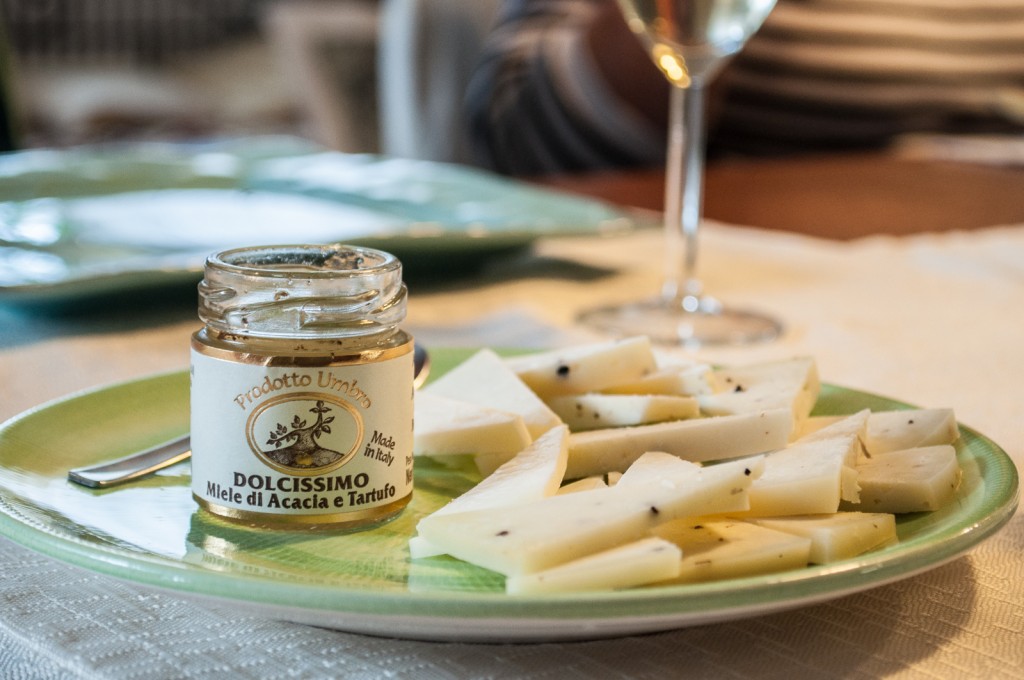
Resolution #4: Savor Richer Flavors
Solution: Eat amazing cheese! Come in and talk with our friendly cheesemonger (the Cheese Whiz) and find your new favorite snack, or let them help you create the perfect cheese plate for your next party, hassle free.
Just as Italians make a weekly stop at the local latteria, getting the most flavorful cheese at our counter is guaranteed to improve your quality of life. You deserve some good, quality cheese in the New Year.
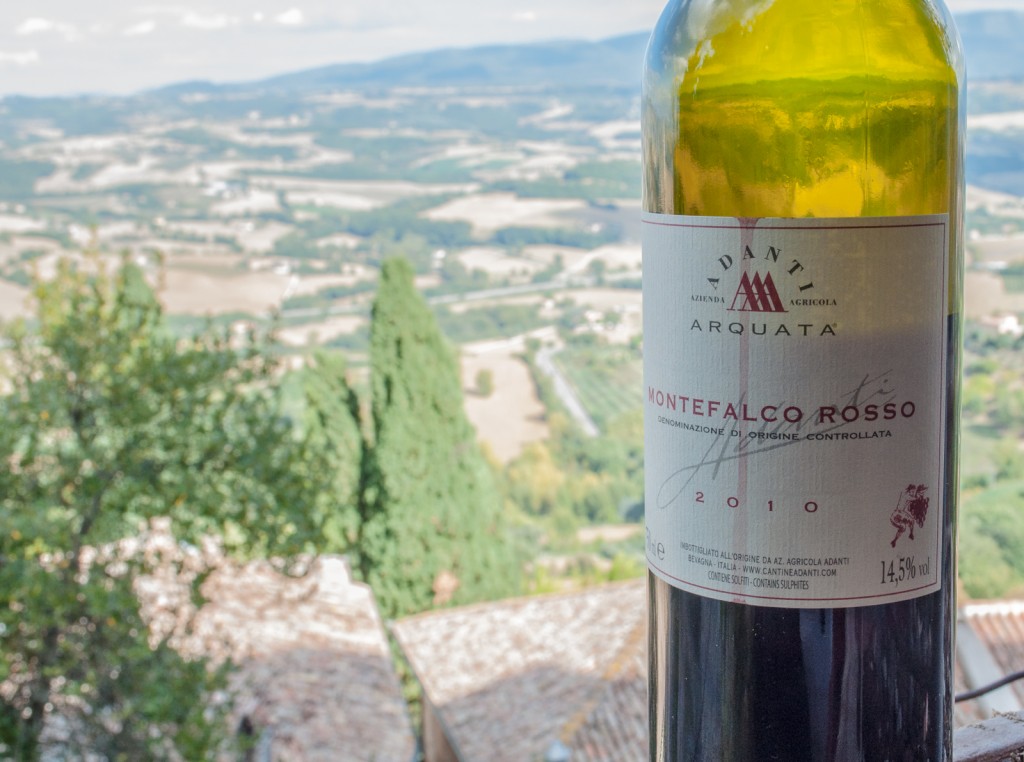
Resolution #5: Discover a new favorite wine
Solution: Be a little adventurous. Come browse our selection of unique, small production wines, large enough to comprehensively cover Italy but manageable enough not to be overwhelmed. Our nonjudgmental, Italian-only approach to wines will make you feel stimulated and satisfied. Come to one of our complementary tastings every day to learn about our curated selection – our Wine Director would love to talk to you!
For a unique experience, sign up to wine and dine with Chef and Wine Director Vickie Reh as she hosts a series of curated wine dinners in our Enoteca throughout January. Be surrounded by the wines you drink with your food in this immersive experience! For reservations, book here.
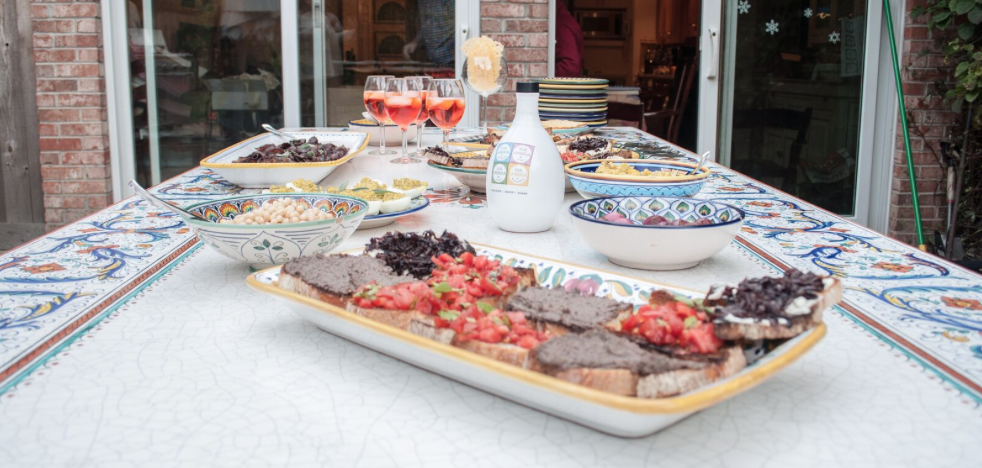
Resolution #6: Discover the perfect “happy hour”
Solution: Italians know how to relax. Bring some of this spirit to your new year and wind down in our cafe during Spritz O’Clock!
Every day in the cafe from 5-7 PM, enjoy a new take on the traditional ‘bar snacks’ with our rotating menu of small plates for one or to share, and pair it with our favorite Italian cocktails or a glass of wine.
Meet new people as you snack on the bites found in bars and cafes across Italy. It’s an Italian piazza here in Georgetown.
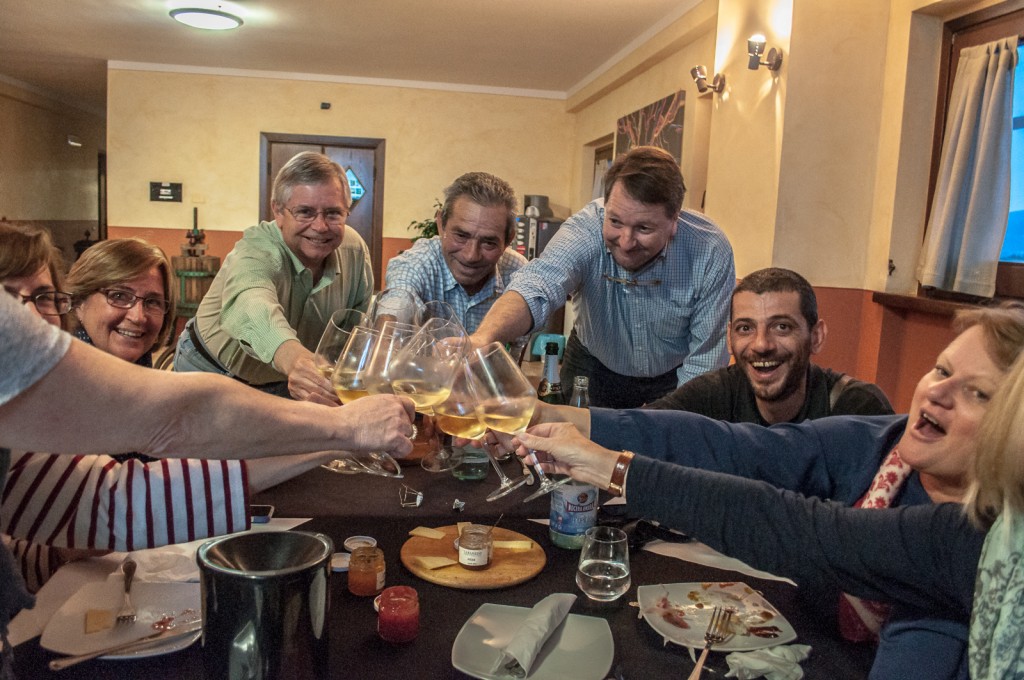
Resolution #7: Share new experiences
Solution: Would you like to expand your network of amici in 2016? To make meaningful connections with your neighbors? Make new friends (and bring the old) when you dine at one of our communal tables.
Whether you are enjoying a lively feast in our Laboratorio (kitchen), or a more intimate celebration in our Enoteca (Wine Room), there is no better place to come together for an exceptional, one-of-a-kind evening. With our ever-changing menus, we have an approach to dining that will redefine the idea of “eat local” with “eat convivially.” Combine that with our open kitchen design, which gives you the ability to watch your food being made, and interact with your Chef throughout the meal, and you will find that this is one resolution that you’ll be sticking to long after the New Year.
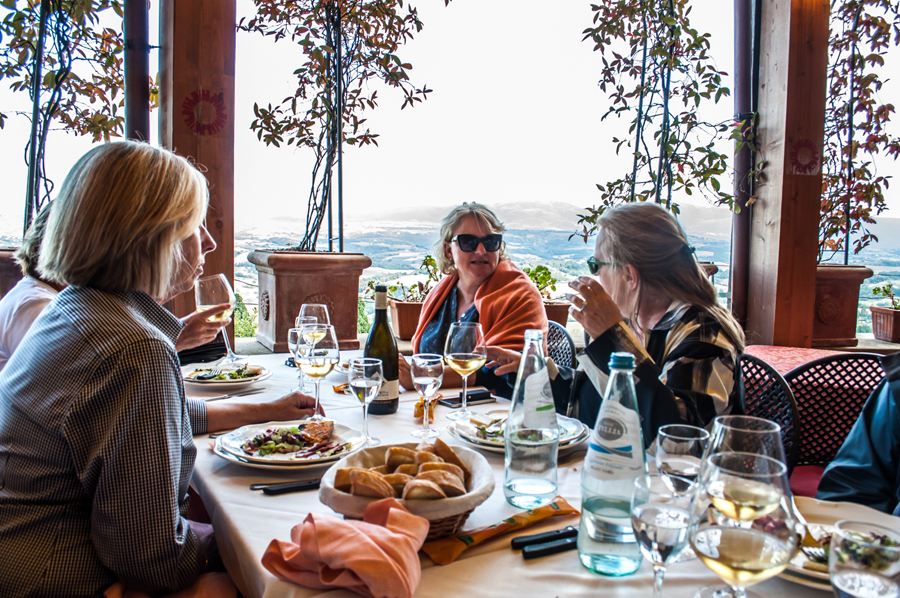
At Via Umbria we strive to create Italian experiences right here in Washington, DC. So our ultimate resolution for 2016 is to enrich our lives with the things that really feed our soul – starting with the above list. In the words of our owner, Bill Menard:
“After our first night back in Umbria, following a day of discovery, of enjoyment, of relaxing and of peace and contentment, perhaps we are inching closer to understanding the secret that is Italy. Perhaps it is not one thing that makes Italy Italy, perhaps it is the sweep, the bounty of this place. But those things – the food, the wine, the landscape, the history, the art, the lyrical language, crazy drivers in tiny cars and museum-like cities – they are not the answer themselves. They are the things that satisfy the cravings that Suzy has. That I have. That our tour guests have. That Ernesto and Simone have. Each craving personal, each craving as deep as the soul and each craving desperately in search of satisfaction. Put simply, Italy feeds what you hunger for.”
Happy New Year from Via Umbria!
We make New Years resolutions for many reasons (and break them for many more). This year, make a resolution you are excited ...
 Our Umbrian Valentine! Valentine’s Day is taken very seriously here at Via Umbria, not only because of what it represents, but also because of the history behind the holiday. Not many people know that the true San Valentino hails from our beautiful Umbria. While not a lot is known about the historical figure in relation to his life, we know that he was born in Terni, Umbria which is about an hour away from our Fattoria Del Gelso in Cannara. St. Valentine was a pioneer of the Christian community in Terni and is considered the first Bishop of the area but was persecuted for his religious beleifs and was eventually executed by the Emperor in Rome. The relic of his skull rests in Rome at the church of Santa Maria (pictured below) while the rest of his body was taken back to be buried in Terni.
Our Umbrian Valentine! Valentine’s Day is taken very seriously here at Via Umbria, not only because of what it represents, but also because of the history behind the holiday. Not many people know that the true San Valentino hails from our beautiful Umbria. While not a lot is known about the historical figure in relation to his life, we know that he was born in Terni, Umbria which is about an hour away from our Fattoria Del Gelso in Cannara. St. Valentine was a pioneer of the Christian community in Terni and is considered the first Bishop of the area but was persecuted for his religious beleifs and was eventually executed by the Emperor in Rome. The relic of his skull rests in Rome at the church of Santa Maria (pictured below) while the rest of his body was taken back to be buried in Terni.



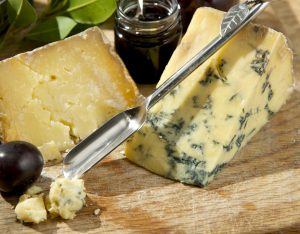
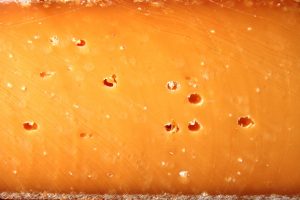



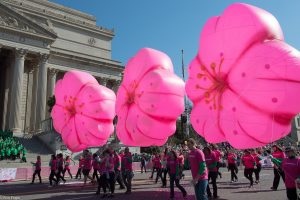


 ecame publicly acceptable. Eventually, the Republic limited the wearing of masks to only certain months of the year, which included the Carnevale period. The tradition quickly spread out across the world and today masks have become iconic symbols of festivals. Whether you’re celebrating Mardi Gras, Carneval di Venezia or Brazilian Carnival, you will be surrounded by glamorous masks full of long feathers, elegant hats and lavish patterns.
ecame publicly acceptable. Eventually, the Republic limited the wearing of masks to only certain months of the year, which included the Carnevale period. The tradition quickly spread out across the world and today masks have become iconic symbols of festivals. Whether you’re celebrating Mardi Gras, Carneval di Venezia or Brazilian Carnival, you will be surrounded by glamorous masks full of long feathers, elegant hats and lavish patterns. 
